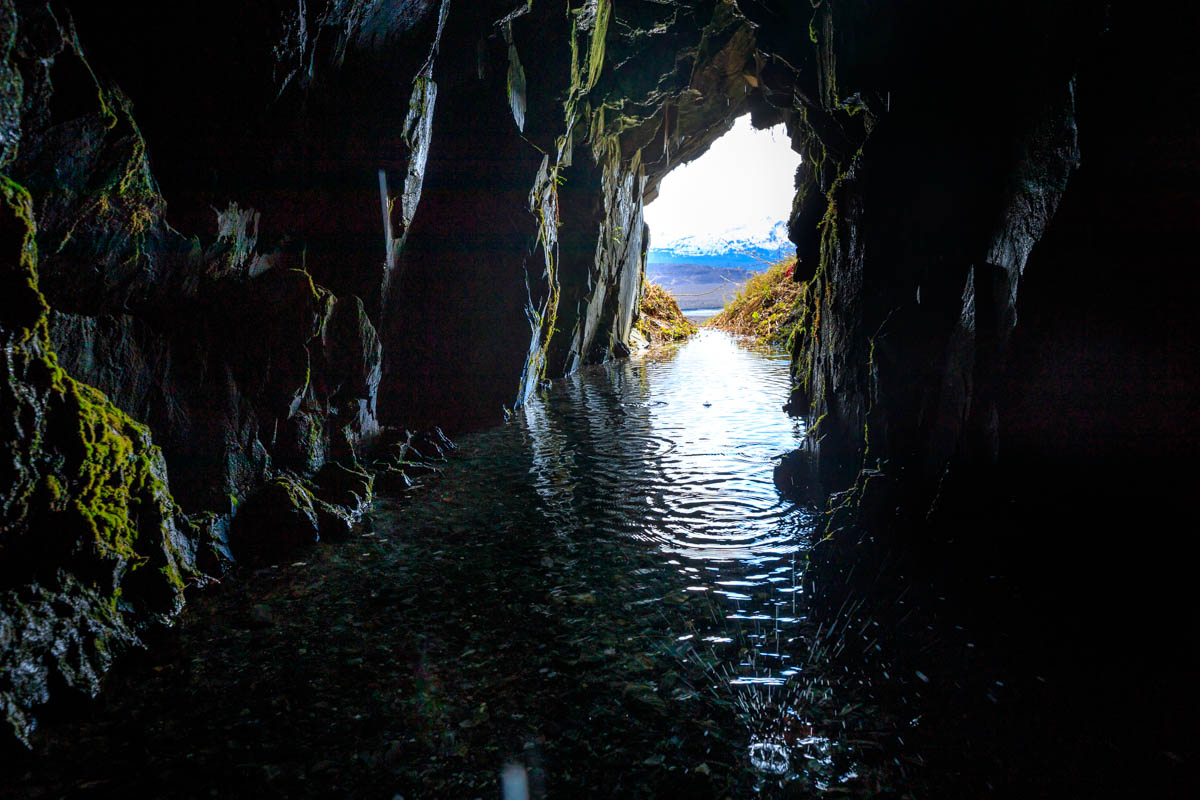Roots in Gold
Without going into a museum it might not ever occur to you that Valdez was originally a gold town. There were over a dozen mines in operation in Valdez between the 1890's and first world war. While many of the historic mines have closed down there is still active mining up the Mineral Creek area. The active mines are about business and are not offering tours at the moment and the historic mines are in remote locations. Cliff Mine, the most prosperous mine can be found down Port Valdez on the north side just east of Shoup Bay. You can request passing close to it from any open water tour guides.Other more remote mines can be accessed with the help of Vertical Solutions or Alaska Guide Co.
